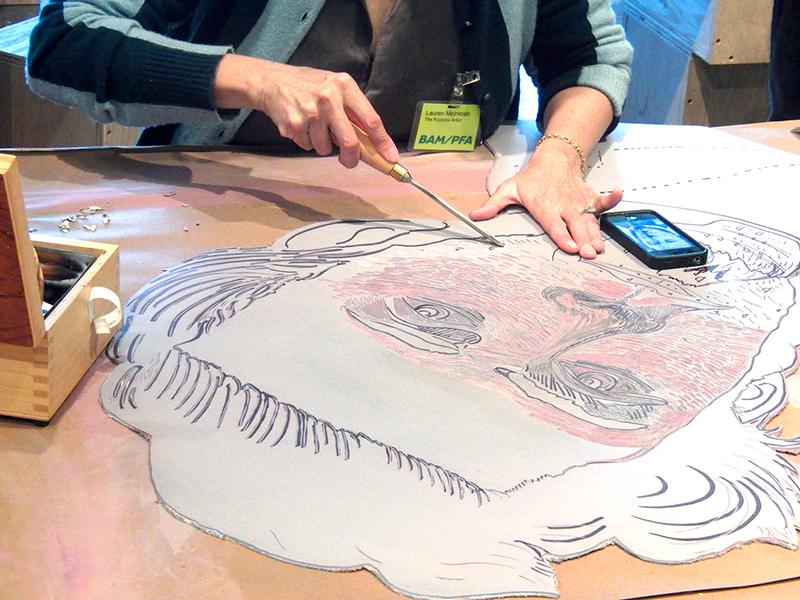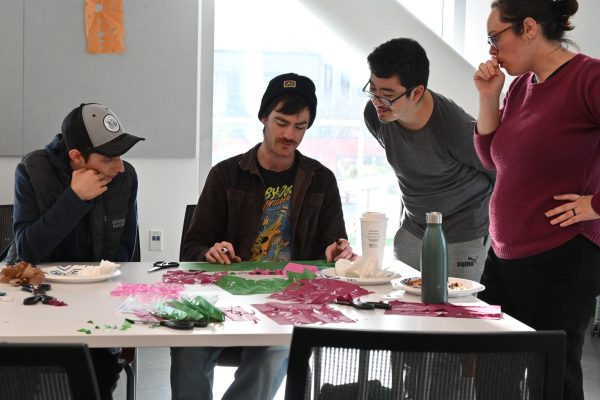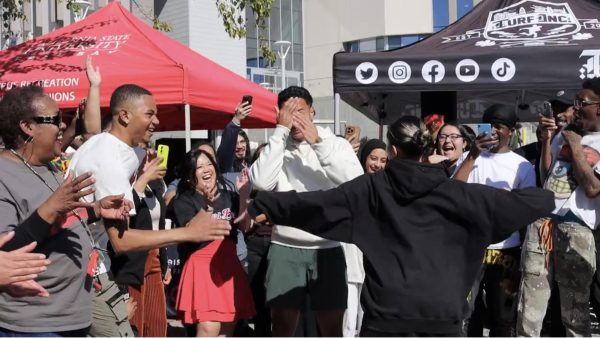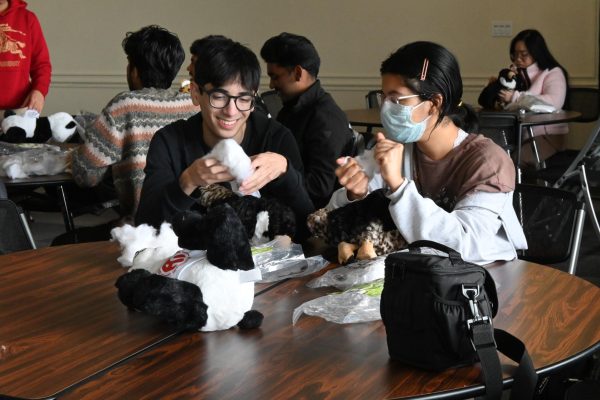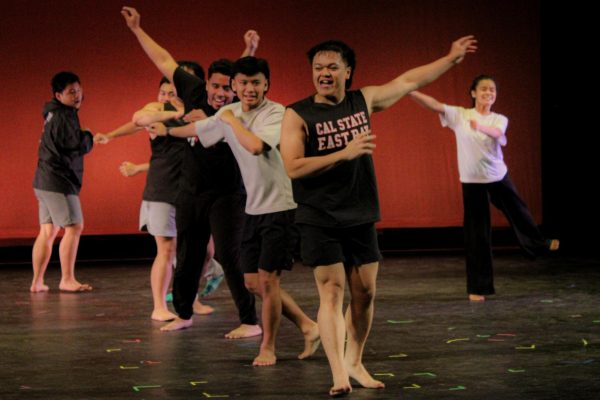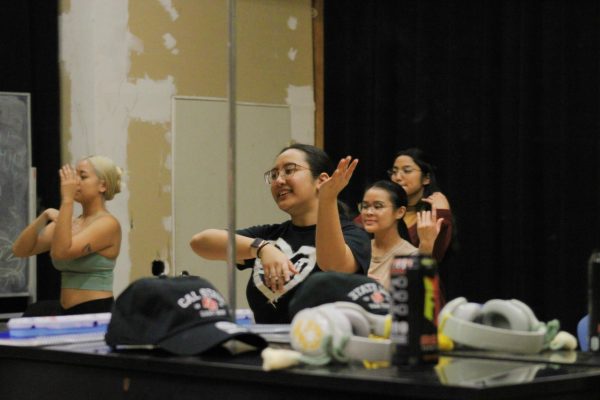“The Possible” exhibition serves as creative exchange of art
The official opening ceremony will take place Friday, Feb. 28.
The UC Berkeley Art Museum and Pacific Film Archive is hosting a four month experimental art exhibition “The Possible,” that offers creative collaboration between artists and museum attendees through weekly workshops rather than traditional displays. The exhibition is a celebration of the creative process that is to be shared with an audience of all ages.
Guest Curator David Wilson and a group of more than 100 artists invited to create, perform, or teach, or to do all of the above, fuel the creative atmosphere of the museum.
“This exhibition is a different model than the usual exhibition model,” said Wilson, “as opposed to showing artworks that have come to some kind of completion, we’re letting the museum act as a site for a creative conversion of artists and audiences.”
Wilson has been putting together the exhibit, which he calls “an experiment,” for more than two and a half years.
He has been reaching out to artists with personalized letters that include surveys about their interests, influences, and availability to collaborate for this show.
“A lot of artist-run spaces have taken this model, but now we are starting to bring it to a museum setting,” explained Wilson about the collaborative nature of an ever-changing show.
Workshops range from electronic instruments to weaving blankets and are hosted by a slew of artists using many different mediums. To encompass the many mediums, the museum includes resources such as print labs, dye labs, ceramic stations, looms, a recording studio, and even an outdoor shower.
Museum visitors are encouraged to utilize these resources regardless of prior knowledge of the subjects in hopes to teach, appreciate, and cultivate.
“I like to call it an art zoo; people are actually making things instead of just looking at something on a wall,” said net-making workshop host, Diedrick Brackens.
A wide range of backgrounds houses this “zoo.” Whether it is children learning to weave their first blanket, elderly coming to sweat in “Art-Gym Sweat sessions,” or college students learning to make prints, it is home to an all-inclusive community.
Artists can be seen walking about the three floors dedicated to this exhibit, coffee thermos in hands, eager to create and teach crafts to whomever is interested.
Textile and social practice artist Travis Meinholf teaches participants how to make looms and weave blankets, which he hopes to give away to local homeless residents or college students after they are displayed in the exhibit.
“I’m making the first piece of cloth today, it’s kind of an understated excitement,” said Meinholf as he weaved on one of the eleven homemade looms, “The ultimate goal is to take the workshop outside the museum, so people won’t have to pay admission to learn to weave.”
Sculptor Stacey Martin, who attended graduate school with Meinholf at the California Academy of the Arts, helps in the hosting of the textile workshops as a proud supporter of her friend’s vision.
Martin praises Meinholf and the exhibition for making art accessible to all people. “The process is demystified, and you see how easy [the blankets] are to make,” said Martin.
The sense of community and inclusion can be felt throughout the museum’s many levels as individuals are encouraged to use the creations. One of these creations is a giant braided cloth rug started by Fritz Haeg, which was used as a playground for kids to run around and dance on.
“It is really socially engaging, you don’t have to tell the children not to touch anything,” said CCA student and workshop participant Georgina Reskala.
“The Possible” is able to embody its “do-it-together” message all the way down to funding, which has come from a wide range of grants and donations. It has received funds from the National Endowment for the Arts, to the Andy Warhol Foundation, and even donations of clothing by personal supporters of the project.
Curator Wilson believes he is fortunate for the amount of generosity that surrounds the project and people involved.
“The Possible” captures the spirit of community and its inspiration for creation. “It is a word that popped up that describes a show that realizes the potential and embraces the unknown,” said Wilson with a smile. Like the parade to come, the exhibition’s finish is a mystery, which just adds to the spectacle that is the creative process
February is the first of four months the exhibit will be active at the museum, and has been categorized as an incubation period for the show.
The official opening ceremony will take place on Friday, Feb. 28. The ceremony will be another collective event between artists and audience that will be capped off with a night parade, with an undetermined destination.
“The Possible” will be at the UC Berkeley Art Museum through May 25, admission is $7 for California State University, East Bay students and children aged 12-17, $10 for adults, and free for UC Berkeley students and children under 12.


